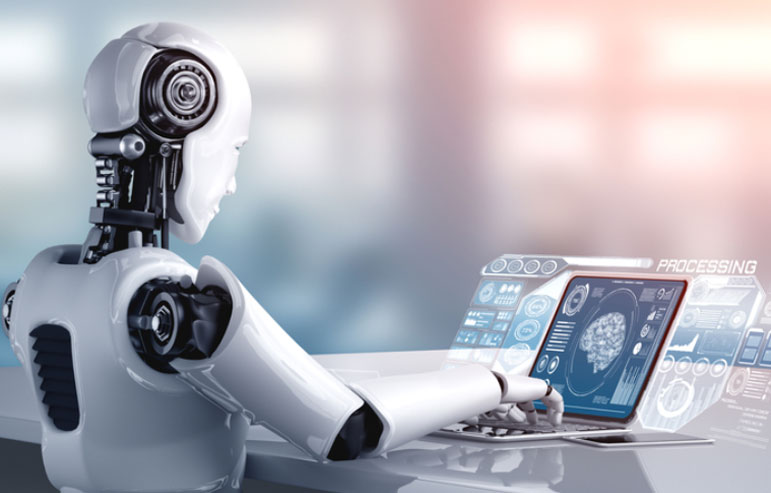What is Artificial Intelligence (AI)?
Introduction to Artificial Intelligence
Artificial Intelligence (AI) has become a captivating buzzword that has captured the imagination of both technologists and the general public. It describes the imitation of human intelligence by computers that have been designed to reason and acquire knowledge similarly to humans. By developing computer systems that can perform tasks requiring human intelligence, such as visual perception, speech recognition, decision-making, and problem-solving, AI seeks to revolutionize various domains.
Understanding Narrow AI
Narrow AI, commonly referred to as weak AI, is intended to carry out particular tasks within a constrained domain. Examples of narrow AI include virtual assistants like Apple's Siri, autonomous vehicles, and recommendation algorithms used by online streaming platforms. These systems excel in their respective domains but lack the ability to generalize beyond their programmed capabilities.
Exploring General AI
General AI, often referred to as strong AI or artificial general intelligence (AGI), aims to create machines that possess the same level of intelligence as humans across a wide range of tasks. General AI would be capable of reasoning, understanding natural language, learning new concepts, and adapting to different situations. However, achieving General AI remains a significant challenge, and current AI systems are still far from attaining this level of human-like intelligence.
The Components of AI
The development of AI involves various subfields, including machine learning, natural language processing, computer vision, and robotics. These components work together to enable AI systems to perform complex tasks and mimic human intelligence.
Machine Learning: A Crucial Component
Machine learning, a critical component of AI, focuses on training algorithms to learn from data and make predictions or take actions without explicit programming. It involves feeding large amounts of data to algorithms and allowing them to iteratively improve their performance through experience. Machine learning enables AI systems to recognize patterns, make predictions, and automate tasks.
Deep Learning: The Powerhouse of AI
Deep learning, a subset of machine learning, has gained tremendous popularity in recent years. It is inspired by the structure and function of the human brain and utilizes artificial neural networks with multiple layers to process and analyze complex data. Deep learning has achieved remarkable breakthroughs in areas such as image and speech recognition, natural language processing, and even playing games like Go and chess at a superhuman level.
Applications of AI Across Industries
The applications of AI span across numerous industries, transforming the way we live and work.
AI in Healthcare
AI has the potential to revolutionize disease diagnosis and treatment planning by analyzing medical images, predicting patient outcomes, and assisting in drug discovery. AI-powered systems can help healthcare professionals make more accurate and informed decisions, leading to improved patient care.
AI in Finance
In the financial industry, AI algorithms can analyze large volumes of financial data to identify patterns and make more informed investment decisions. AI-powered trading systems can process information in real-time and execute trades based on sophisticated algorithms, potentially improving investment performance.
AI Virtual Assistants
AI-powered virtual assistants, such as Apple's Siri, Amazon's Alexa, and Google Assistant, have become increasingly popular. These assistants help users with tasks ranging from scheduling appointments to controlling smart home devices, making daily life more convenient and efficient.





0 Comments